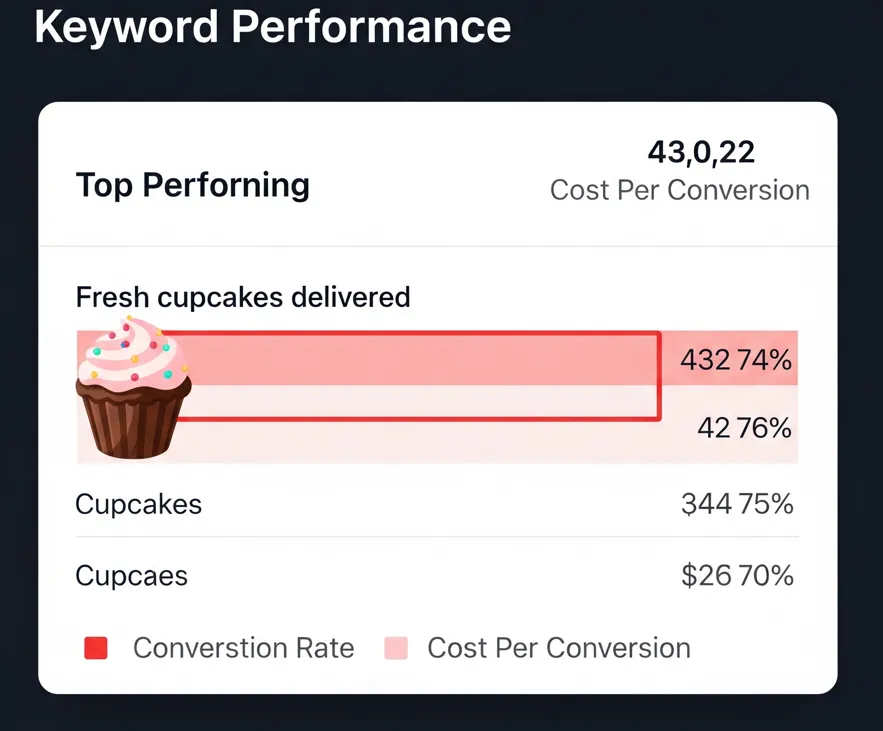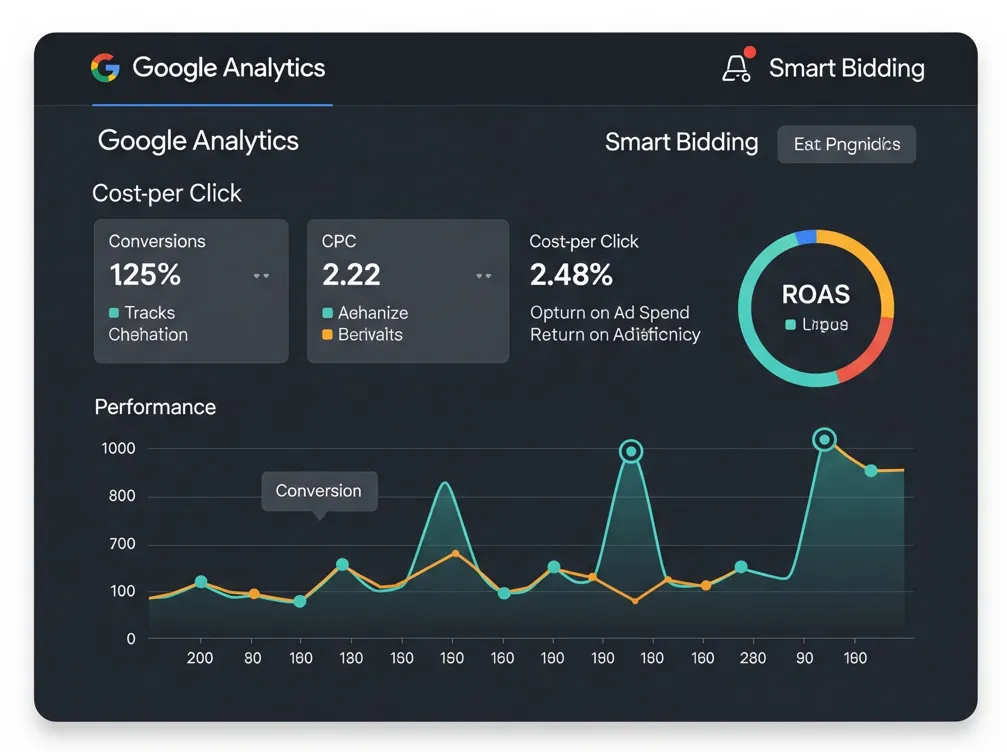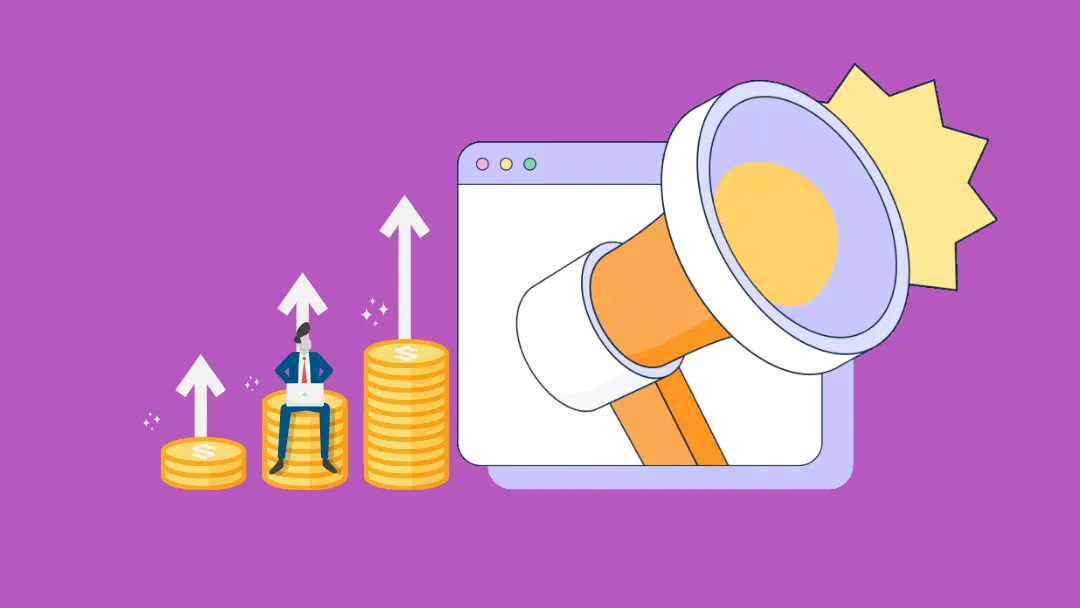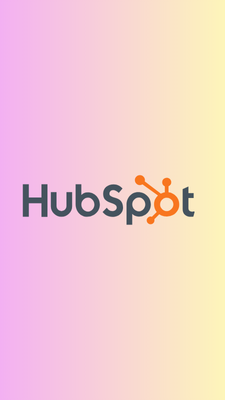Running a Google Ads campaign can feel like a high-stakes bet—every click costs money, but only the right clicks turn into profits. Without a clear strategy, businesses often see their budgets vanish with little to show for it. Data-driven Google Ads optimization services, offered by a skilled Google Ads company, are the key to flipping this script, using analytics to transform ad spend into measurable growth.
Whether you’re a local retailer or a global brand, these services help you maximize return on investment (ROI) by targeting the right audience and fine-tuning every campaign detail.
This article dives into practical, data-driven strategies to boost your ROI and shows how expert optimization makes all the difference.
Why Data-Driven Optimization Is a Game-Changer?
Google Ads puts your business in front of customers searching for your products or services, but success isn’t about throwing money at ads—it’s about precision. Data-driven optimization uses real-time analytics to refine keywords, targeting, and ad content, ensuring every dollar delivers results.
For example, a boutique clothing store might use data to target fashion enthusiasts searching for “sustainable dresses online,” turning clicks into sales. By analyzing user behavior and campaign performance, a Google Ads company dubai eliminates guesswork, making campaigns smarter, leaner, and more profitable while addressing issues like Google Ads account suspension recovery.
Building a Winning Keyword Strategy
Keywords are the cornerstone of Google Ads, and data-driven optimization ensures they hit the mark every time.
- Keywords are selected based on high-intent searches, like “premium yoga classes” for a fitness studio.
- Negative keywords block irrelevant searches, such as “free” for paid services, saving budget.
- Long-tail keywords, like “best accounting software for freelancers,” target niche audiences with less competition.
- Analytics track keyword performance, highlighting top performers and terms needing adjustment.
A small bakery uses optimization services to focus on “fresh cupcakes delivered same day.” Data shows this keyword drives more orders than generic terms like “bakery,” cutting costs and boosting sales for businesses that rent Google Ads account.

Targeting Audiences with Laser Precision
Reaching the right audience is critical for ROI. Data-driven optimization uses analytics to pinpoint high-value users.
- Geo-targeting focuses ads on specific locations, like targeting downtown areas for retail campaigns.
- Demographic data segments users by age, income, or profession, aligning with business goals.
- Behavioral targeting reaches users based on actions, like browsing related products or services.
- Retargeting serves tailored ads to website visitors, encouraging them to complete purchases.
A tech startup targeting “cloud storage for small businesses” uses data to reach entrepreneurs in urban hubs. Optimization services refine targeting to focus on users who’ve researched competitors, increasing sign-ups with expertise from a Google Ads company.
Comparing Optimization Tools for Better ROI
Data-driven optimization relies on powerful tools to analyze and improve campaigns. The table below compares popular Google Ads tools and their benefits for boosting ROI:
Why It Matters?
By combining these tools, optimization services uncover insights that drive smarter decisions—from keyword selection to bid adjustments—ensuring campaigns deliver maximum value. For businesses managing a reactive Google Ads account, these insights are especially vital to mitigate risks like account suspension and maintain consistent performance.

Crafting Ads That Drive Action
Compelling ad content is essential for turning clicks into conversions. Data-driven optimization ensures ads are both engaging and effective.
- CTAs like “Shop Now” or “Book a Free Consultation” prompt immediate action.
- Ad extensions, such as sitelinks or callouts, provide extra information to boost clicks.
- Visuals are tested for engagement, like using vibrant images for retail ads.
- A/B testing identifies which ad variations perform best with your audience.
A car rental service tests ads with “Rent Your Dream Car Today” versus “Book a Car Now.” Data shows the first CTA drives more bookings, guiding future ad creative for those who rent Google Ads accounts.
Optimizing Landing Pages for Conversions
A great ad needs a great landing page to seal the deal. Data-driven optimization ensures pages convert clicks into actions.
- Pages load in under three seconds, with mobile-responsive designs for seamless access.
- Content matches ad promises, like showcasing a specific product or service.
- CTAs, such as “Add to Cart” or “Sign Up,” are clear and prominent.
- Analytics track bounce rates and user flows to fix drop-off points.
A travel agency’s ad for “budget vacation packages” leads to a landing page with tailored offers and a “Book Now” button. Data-driven tweaks reduce bounce rates, increasing bookings with support from a Google Ads company.
Mastering Smart Bidding for Cost Efficiency
Smart bidding uses AI to optimize ad spend, ensuring every dollar works harder.
- Strategies like Target CPA or Maximize Conversions adjust bids in real time.
- Budgets prioritize high-performing campaigns, like ads driving the most sales.
- Data-driven forecasts plan spending for long-term efficiency.
- Bid adjustments target high-value audiences or peak times for better results.
A catering business uses smart bidding to focus ads on lunch-hour searches for “office catering.” Data shows higher conversions, justifying increased bids for those times while avoiding issues
Loading comments...


